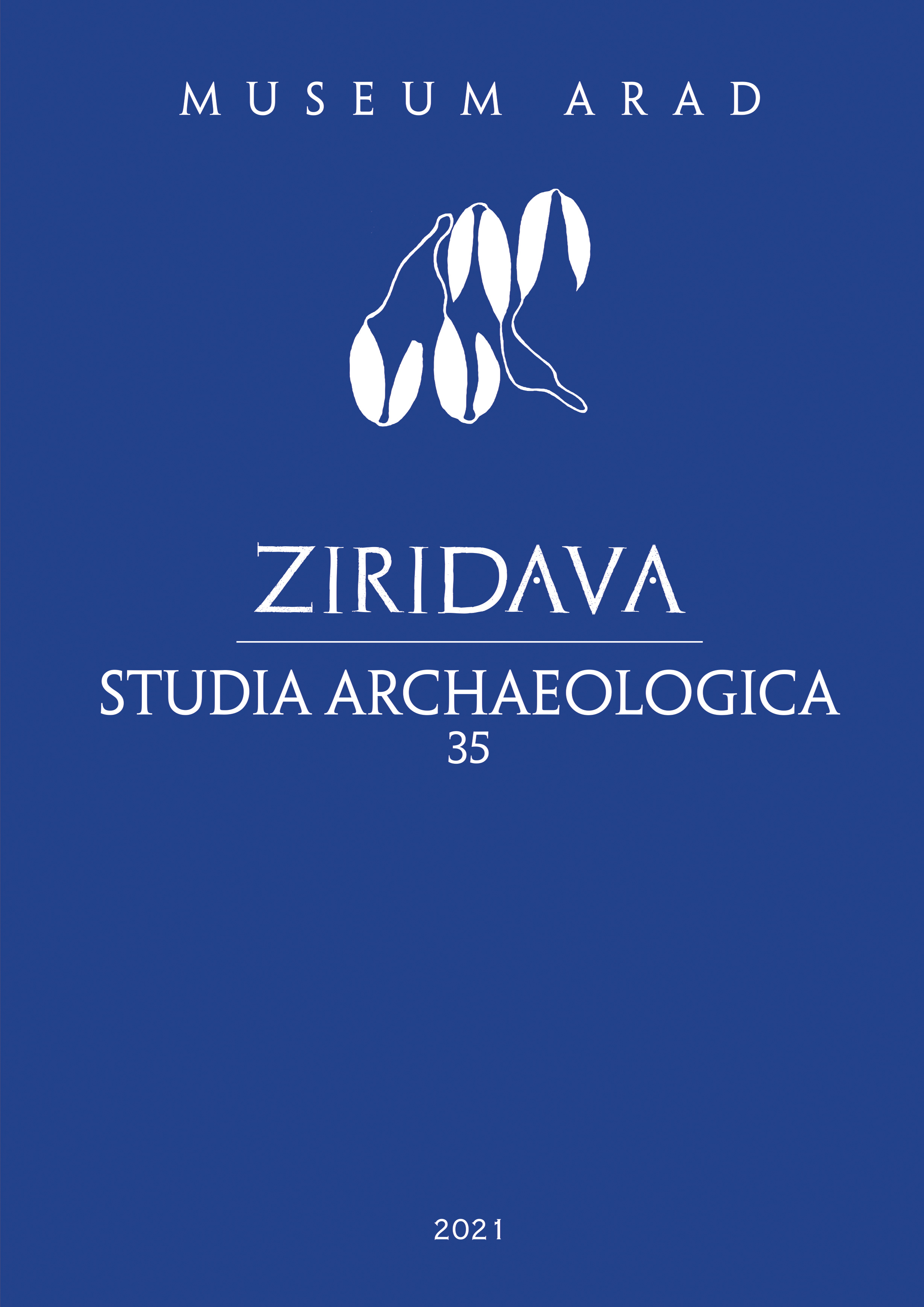Roman Sites and Discoveries Around Potaissa (V). New Data and Clarifications Regarding the Cheia Settlement and the Stone Quarries of Roman Dacia
Roman Sites and Discoveries Around Potaissa (V). New Data and Clarifications Regarding the Cheia Settlement and the Stone Quarries of Roman Dacia
Author(s): Andrei-Cătălin DîscăSubject(s): Archaeology, Ancient World
Published by: Editura Mega Print SRL
Keywords: Roman Dacia; Potaissa; Cheia; settlement; quarries; archaeological mapping;
Summary/Abstract: In AD 106, Dacia was transformed into a Roman province. One of the first settlements recorded within the new province as early as its first years of existence was Potaissa (Turda, Cluj County). Over the following decades, this settlement would become one of the most important urban and military centres of Dacia, the encamping there around AD 169 of Legio V Macedonica representing a powerful catalyst for its development. After this date, Potaissa grows at such an accelerated rate that by late 2nd century AD, it accedes to the status of municipium. The raw building material that facilitated both the civil settlement’s development and the construction of the legionary fortress was mainly ensured by the quarries of Cheia, Săndulești and Copăceni, their traces enduring until the modern age. By late 19th century, respective quarries were ones of the best preserved in Dacia, reason for which the Roman age remains in the area were extensively investigated at the time. Unfortunately, over the course of the last century, such approaches were not furthered with the same intensity. In the current state of research, the academic literature reports on the territory of Cheia village a settlement and several points where stone was quarried, however all are lacking accurate topographic data. A series of field investigations have been recently carried out in order to obtain such information, which resulted in the identification of the settlement on the Parde Valley and of a few stone quarrying points. A more detailed picture of the Cheia village territory during the Roman age was outlined by corroborating these results with those obtained by late 19th and early 20th century, which the study here aims to present.
Journal: Ziridava. Studia Archaeologica
- Issue Year: 35/2021
- Issue No: 1
- Page Range: 159-177
- Page Count: 19
- Language: English

